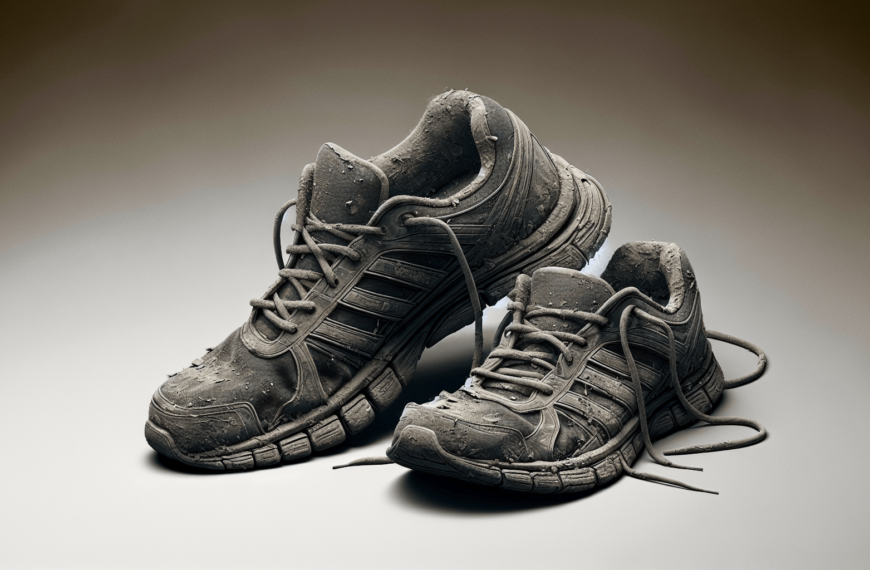Pregnancy is a remarkable journey filled with anticipation and joy, yet it often comes with unique challenges. Among them, pelvic girdle pain (PGP) stands as a common companion for many expectant mothers. As their bodies undergo incredible transformations to nurture new life, discomfort in the pelvic region can cast a shadow over this magical time. Pelvic pain during pregnancy may be common, but don’t worry. You can take steps to manage PGP and be as comfortable as possible. This article provides seven practical tips to reduce pelvic pain during pregnancy, ranging from taking pain medication and wearing a pelvic support belt to getting in the water and getting a massage. With these tips, expectant mothers can alleviate their discomfort and enjoy their pregnancy journey to the fullest. Pregnancy is a remarkable journey filled with anticipation and joy, yet it often comes with unique challenges. Among them, pelvic girdle pain (PGP) stands as a common companion for many expectant mothers. As your body undergoes incredible transformations to nurture new life, discomfort in the pelvic region can cast a shadow over this magical time. Pelvic pain during pregnancy may be common, but don’t worry. You can take steps to manage PGP and be as comfortable as possible.
Read more about the latest articles
What Is Pelvic Girdle Pain?
Pain in the pelvic area is called pelvic girdle pain (PGP). Pelvic girdle pain can be felt in different body parts: the symphysis pubis joint, lower back, pelvic floor, inner thighs, hips, groin, and buttocks. Pain is experienced differently from person to person. Pelvic pain during pregnancy can be a sharp, stabbing pain or a dull ache. PGP in pregnancy is common, affecting one in five pregnant women. Pelvic pain in pregnancy can range in severity from mild to severe.
When Does Pelvic Pain Occur During Pregnancy?
Pelvic pain may start as early as the first trimester but typically presents itself during the second and third trimesters. Pelvic pain can occur during certain activities, such as rolling over in bed, walking up and down stairs, putting on pants, getting in and out of the car, and sitting or standing for long periods.
What Causes Pelvic Pain During Pregnancy?
Various factors cause pelvic pain during pregnancy, including hormones, a growing baby, and previous injuries. Beginning at 10 weeks in pregnancy, the body increases its production of a hormone called relaxin. This hormone relaxes the ligaments in the body to accommodate a growing baby and prepare for delivery. While these are necessary functions, they also affect the ligaments in the pelvis. The ligaments aren’t as supportive as pre-pregnancy, causing pelvis bones to move more freely. As your baby increases in size, it puts more pressure on the pelvis, abdomen, and back, causing discomfort and pain. Previous back injuries or back problems may also predispose you to pelvic pain in pregnancy.
What Is Symphysis Pubis Dysfunction in Pregnancy?
Pelvic girdle pain was previously referred to as symphysis pubis dysfunction (SPD). SPD in pregnancy is when there is a dysfunction with the symphysis pubis joint. This joint connects the two bones in the front of the pelvis. SPD occurs when the ligaments allow the bones in the front of the pelvis to separate too much. This leads to pain and discomfort in the hips, groin, glutes, and sometimes above the pubic area. You may feel like your pelvis is cracking or experience stabbing pain in the groin area. Luckily, this is typically resolved after birth.
Who Gets Pelvic Pain During Pregnancy?
Pelvic pain can happen to anyone during pregnancy. However, some may be more prone to having pain. Some factors may increase your chances of experiencing pelvic pain during pregnancy, including having pelvic pain before pregnancy, experiencing pelvic pain in previous pregnancies, having previous back pain or injury, having a physically demanding job, or being overweight.
Read more about the latest articles
7 Tips To Relieve Pelvic Pain During Pregnancy
Now, to the good stuff. What can be done to relieve pelvic pain when you’re pregnant? Here are seven tips:
-
Take Pain Medication: If cleared by your provider, taking an over-the-counter pain medication safe for pregnancy, such as Tylenol, can help with mild aches and pains. Be careful to avoid aspirin and ibuprofen as these may not be safe for pregnancy.
-
Wear a Pelvic Support Belt: A pelvic support garment or belt may help stabilize the pelvis and alleviate pain. There are pelvic support belts specific for pregnancy that many have found helpful in relieving pressure on the pelvis.
-
Take a Break: If you’re experiencing pelvic pain, it’s essential to rest. Sitting or lying down and giving your body a break can help relieve pain. Listen to your body, and allow yourself to take more frequent breaks if needed.
-
Wear Supportive Shoes: Wearing comfortable, supportive shoes will help support the pelvis. Also, walking shorter distances with shorter steps will prevent the pubic symphysis joint from separating too much, keeping pain minimal.
-
Get in the Water: Swimming can be beneficial and soothing for alleviating pelvic girdle pain during pregnancy. The buoyancy of water distributes weight evenly, helping to take off added pressure from your growing miracle.
-
Try To Keep Your Legs Together: When possible, keep your legs aligned. If certain activities, such as rolling over in bed or getting in and out of a car, cause pain, keeping the legs aligned may help. Place a pillow between the legs and roll over in one fluid motion when rolling over in bed. This helps to stabilize the pelvic bones and prevents overstretching of the symphysis pubis joint.
-
Get a Massage: There is no better time to treat yourself to a massage. Strained or stiff muscles can be the culprit of pelvic pain. A massage therapist can target specific areas to work out to alleviate pain. When pregnant, finding a massage therapist specializing in prenatal massage is essential. Specific stretches, such as a side-lying release, may be helpful, but you’ll want to speak with your provider beforehand to see if this would benefit you.
What To Avoid Doing When You Have Pelvic Pain During Pregnancy
Specific activities can trigger pelvic pain. It is important to identify these activities to prevent discomfort. Here are some things to avoid: overexerting yourself, standing on one leg (get dressed while sitting, if able), wearing high-heeled shoes, pushing through the pain, and heavy lifting and heavy pushing activities such as vacuuming.
If you’re suffering from pelvic pain during your pregnancy, know that you’re not alone and that there are resources. Getting diagnosed by your provider can be tremendously helpful in managing pelvic pain. Your provider may recommend exercises, limit certain activities, or refer you to a specialist such as a physical therapist.

















